Now, more than ever, families are looking for ways to make traditional holiday meals healthier, but still tasty. Fortunately, this roasted cornish hen recipe provides a healthy alternative that is just as delicious as the traditional turkey dinner. This versatile meal goes great with any side dish or even on its own when you’re looking for a light meal after the holidays.
When it comes to meals I have always preferred to pick and nibble rather than feast and stuff myself. This is probably why I like to have appetizers far more than I do 3 meals. I could definitely live on appetizers.
So this is why I love to roast these little cornish game hens in place of a traditional Thanksgiving dinner. These days the kids are moved out and can’t always come home for the holidays – so it doesn’t make sense to make a huge meal. These game hens are a perfect alternative. Small portions, easy to make – SO DELICIOUS!
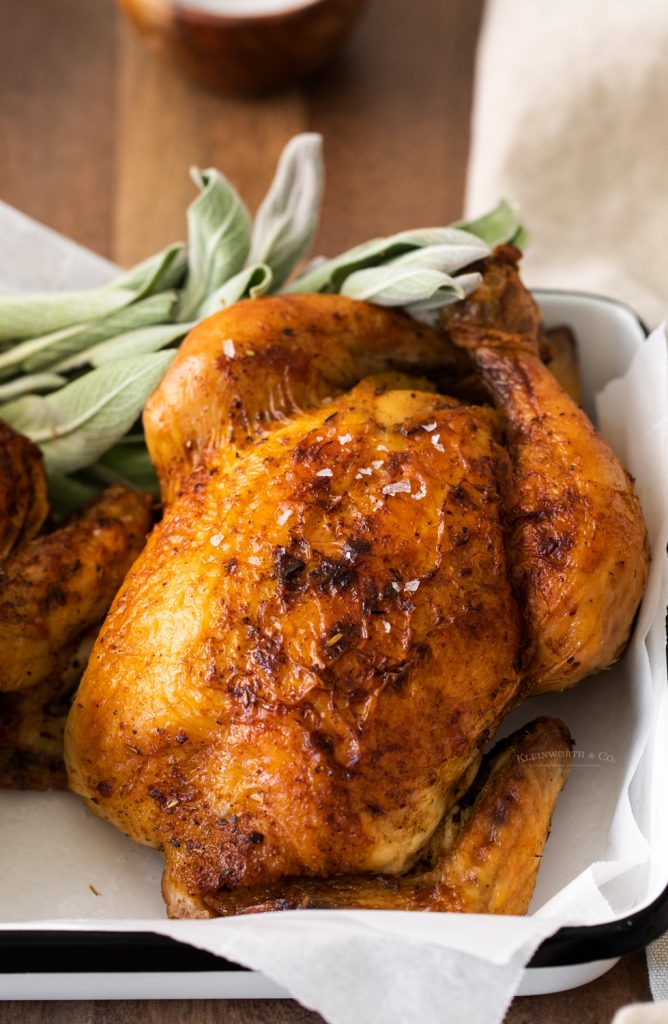
But don’t think that these little hens are only for the holidays. They are the perfect dinner for two – even for busy weeknights or for a romantic weekend dinner.
Simple, easy, and delicious. Just prep, pop them in the oven and you can whip up your side dishes while you wait for them to bake.
cornish hens
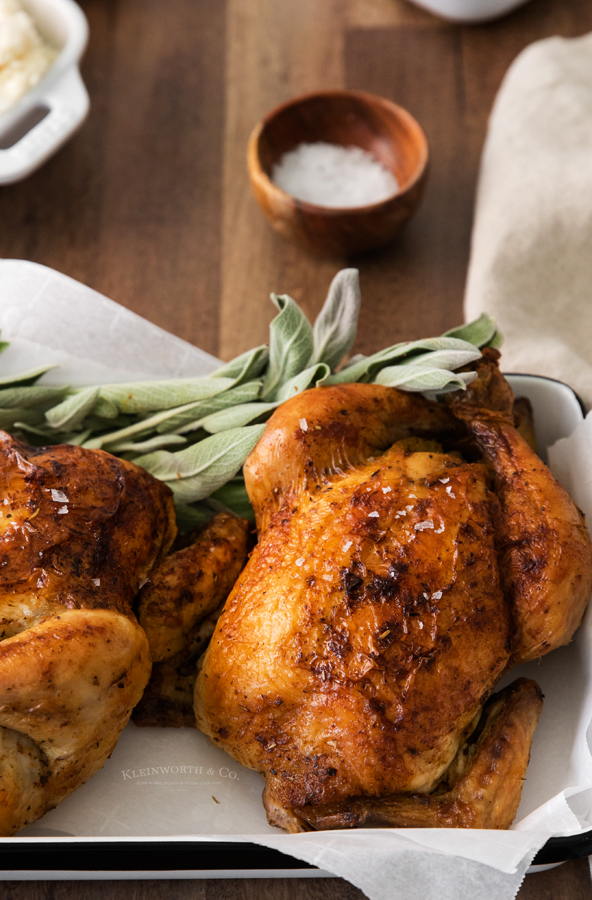
Here are some commonly asked questions
What are Cornish Hens?
Cornish hen, also called Rock Cornish game hen, is a small chicken-like bird with dark meat. They are young chickens of 4 to 6 weeks of age that weigh between 1.5 and 2 pounds each. Though they are eaten in many countries across the world, they are not common in these countries. They were first developed in the United States.
Cornish game hens are available fresh and frozen all year round. A single Cornish game hen is very small; it weighs 2 pounds on average. Each hen yields only one serving of meat at a meal.
What temperature should the hen reach?
The internal temperature of a whole roasted bird should be 165°F (74°C). This is important because bacteria are killed at temperatures above 160°F (71°C) so heating the bird to this temperature ensures that harmful bacteria will be eliminated.
A meat thermometer inserted into the thigh or thickest part of a whole hen can be an accurate measure of the internal temperature.
Why is it important to use the thermometer on the thickest part of the bird?
The most important thing to remember when using a meat thermometer is that it needs to be in the thickest part of the meat since that will take the longest to heat all the way through and come to the proper temperature.
The tip of a digital thermometer should be inserted into the center of a large roast, turkey, or other whole bird. The probe should not touch the bone or any other cold spot.
Insert the probe slowly and carefully until it touches an internal part of the meat and takes its reading without touching or moving any internal parts such as bones or fat.
cornish game hens
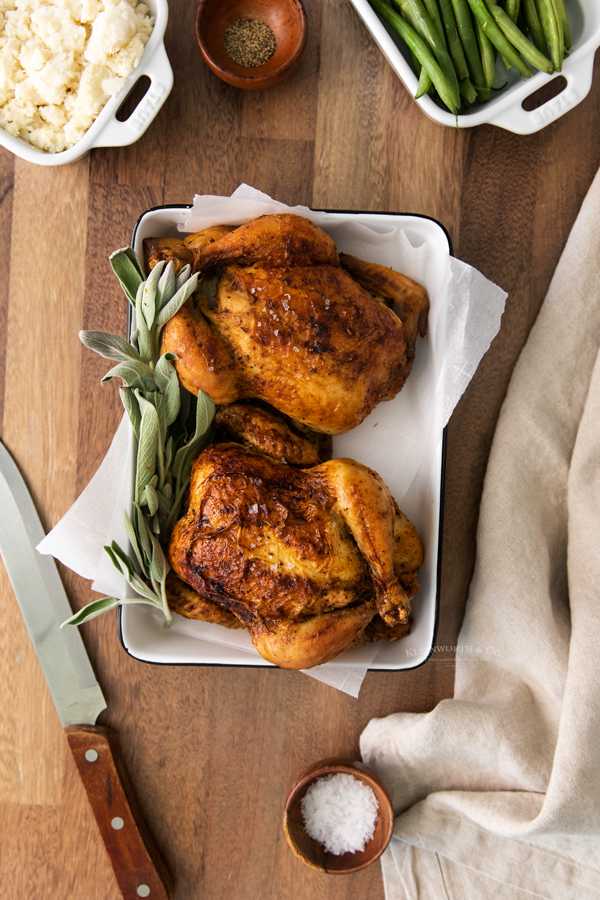
How should I store my roasted hen?
Typically, cooked poultry is stored in a refrigerator at 40°F (4°C) or less for no more than two days. Refrigerated leftovers will be safe to eat for up to 4 days.
To freeze leftovers, wrap them securely in a freezer-safe container or place them in a freezer bag and store them for up to 3 months.
Other Serving Suggestions
Hens can be served with almost any type of side dishes and meal ideas, and the possibilities are virtually endless. However, some good combinations would be:
- roasted asparagus
- mashed sweet potatoes
- green beans almondine
- sauteed spinach
- garlic polenta fries write more suggestions for side dishes
- baked stuffed acorn squash
- roasted heirloom potatoes
baked cornish hens
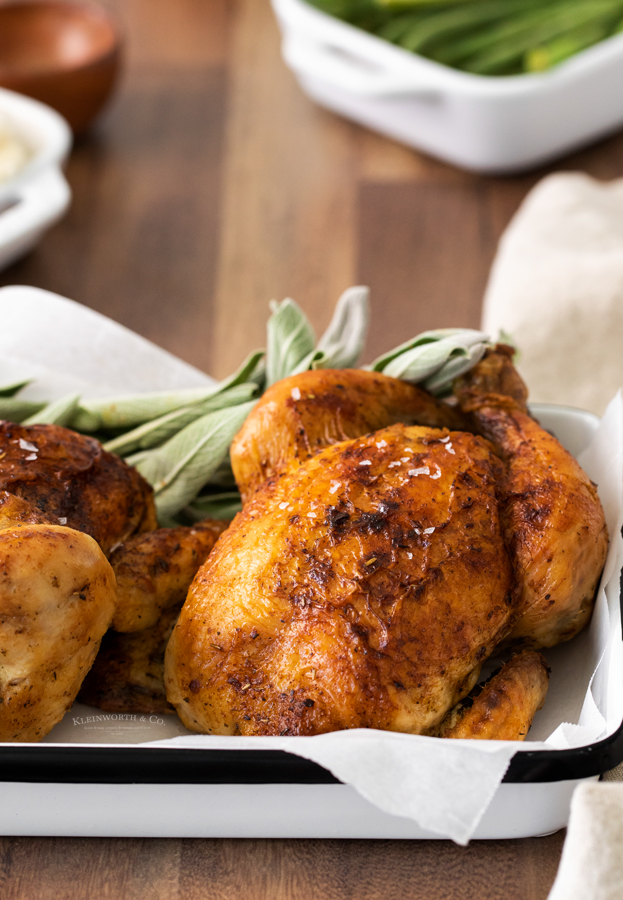
How many calories are in a whole roasted Cornish hen?
On average, there are 793 in a whole roasted hen – including the skins. There are 160 calories per serving of meat from a whole roasted Cornish game hen with the skin removed prior to cooking.
What to serve with Cornish Game Hens
Cornish game hens are an incredibly versatile main dish. We like to pair these hens with the same side dishes that we would serve at any other traditional holiday dinner or even a weeknight meal. Here are some of our favorites we make along with these game hens.
- Pepper Jelly Glazed Meatballs
- Apple Cranberry Spritzer
- Cranberry Quick Bread
- Traditional Deviled Eggs
- Apple Stuffing
- Honey Glazed Carrots
- Easy Cranberry Sauce
- Loaded Green Bean Casserole
- Pumpkin Spice Cupcakes
- Easy Sausage Stuffing
- One Hour Dinner Rolls
- Easy Gravy Recipe
- Bacon & Garlic Green Beans
- Garlic Mashed Potatoes
- Mini Apple Pies
- Holiday Party Punch
- Pumpkin Roll Cake
- Best Pumpkin Pie
cornish hens in oven
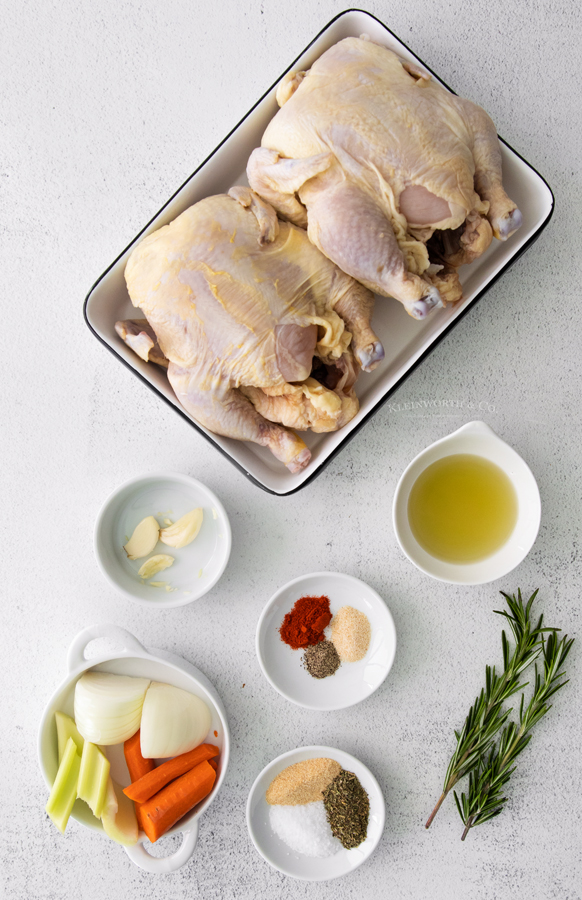
Ingredients to Make Cornish Hens
- cornish hens
- olive oil
- kosher salt
- garlic powder
- dried thyme
- onion powder
- paprika
- black pepper
- carrot
- celery
- garlic smashed and peeled
- rosemary
How long to cook cornish hens?
Roasting time for a whole hen is about one hour and 15 minutes at 375°F (175°C). If the oven temperature is 400°F (190°C), the cook time decreases to about one hour.
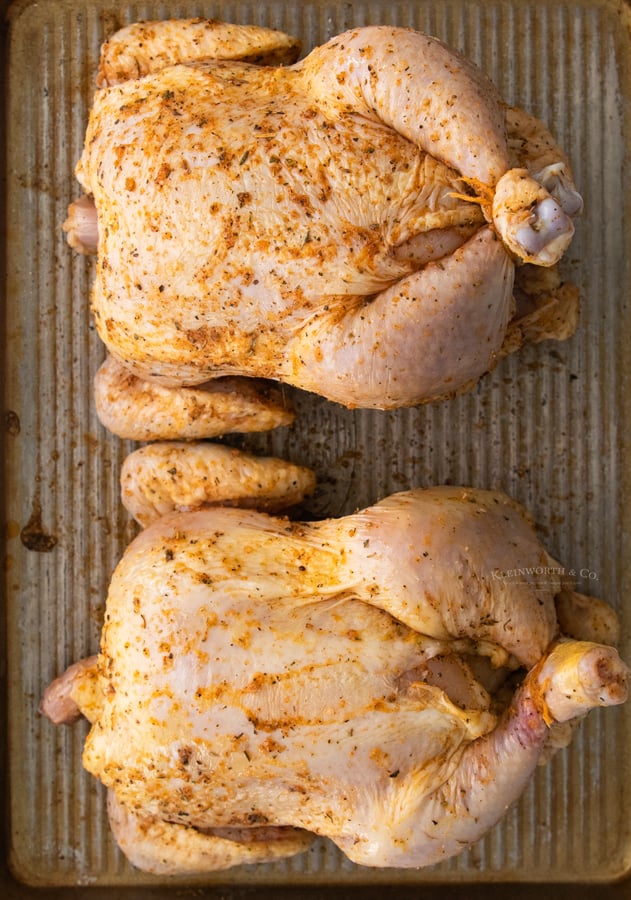
How to Cook Cornish Hens
- Preheat the oven to 400F.
- Pat the cornish hens dry with a paper towel and place them in a large rimmed baking dish or roasting pan.
- In a small bowl, combine the olive oil, salt, garlic powder, dried thyme, onion powder, paprika, and black pepper.
- Drizzle the oil mixture over the cornish hens and rub it all over, making sure to coat the hens on all sides.
- Fill the cavity of each hen with two quarters of onion, half of the carrot, half of the celery, one clove of garlic, and one sprig of rosemary.
- Tie the legs with kitchen twine and tuck the wings under the bird— this will prevent them from burning in the oven.
- Roast the hens uncovered for 50-55 minutes or until an instant read thermometer registers 160F.
- Baste the hens with juices from the pan after 25 minutes.
- Remove the hens from the oven and carefully cover the pan with aluminum foil.
- Rest the hens for 10 minutes, or until the internal temperature registers 165F.
- Serve the cornish hens whole or carved with a garnish of fresh herbs or flakey sea salt.
- Enjoy warm.
- Store any leftover hen in an airtight container in the fridge for up to three days.
Meal ideas for a Roasted Cornish Hen include:
- Pair the meat with other poultry meats, such as turkey or chicken.
- Serve with rice pilaf and steamed vegetables.
- Make an open faced sandwich using whole grain bread, mashed potatoes and stuffing; top with Cornish hen meat.
- Toss cooked whole grain pasta with a small amount of olive oil and some chopped fresh parsley. Top with the Cornish hen meat and shredded Parmesan cheese.
- Make a pot pie using whole wheat pastry dough, mashed potatoes and stuffing; top with Cornish hen meat pieces before baking in the oven.
cornish game hens recipes
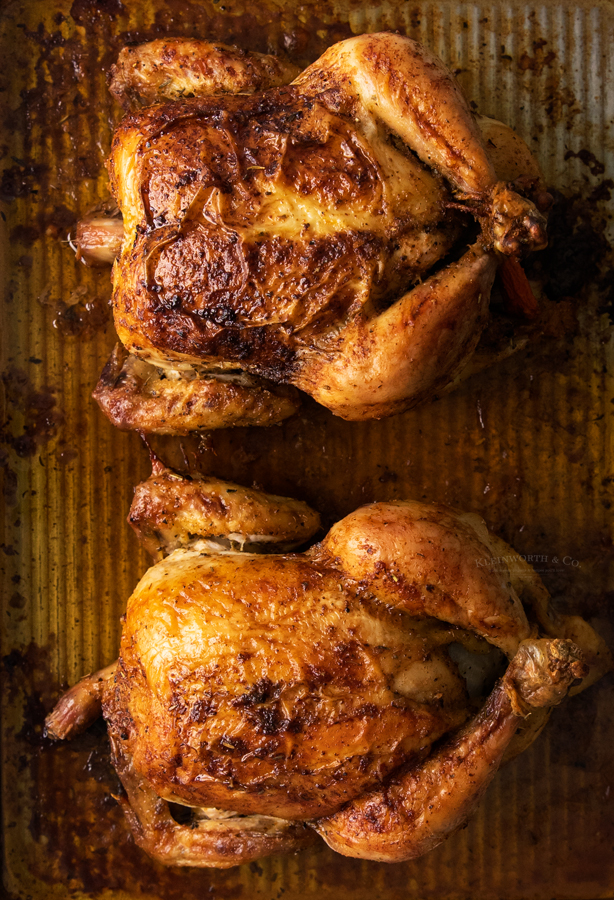
Products I love when making game hens filling…
This game hen recipe is SUPER EASY and delicious – and if you’re like me this time of year, then you maybe already have some of these items on hand OR maybe you have never made roasted cornish hens before, & you might be a bit nervous – but you’re going to love them. I have made a list below of the things I absolutely can’t live without when it comes to making this delicious dinner recipe.
- roasting pan
- meat thermometer
- olive oil
- kosher salt
- garlic powder
- dried thyme
- onion powder
- paprika
- black pepper
- rosemary
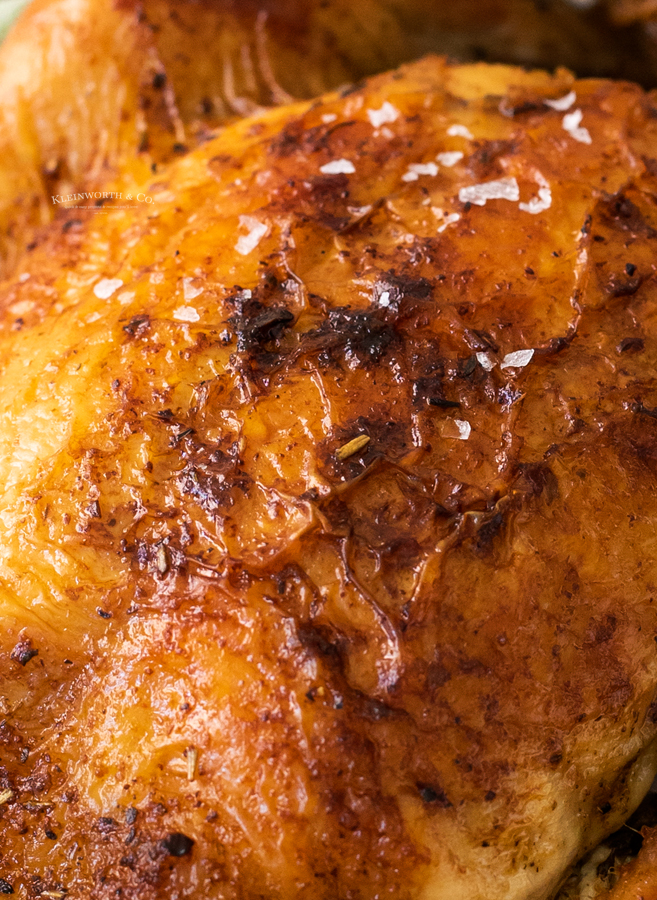
If you love this Easy Cornish Hens recipe, you’re going to love these other recipes too. Please click each link below to find the easy, printable recipe!
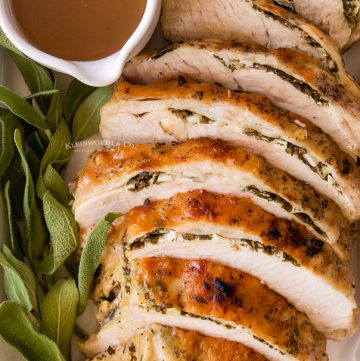
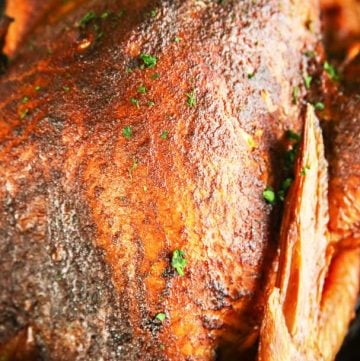
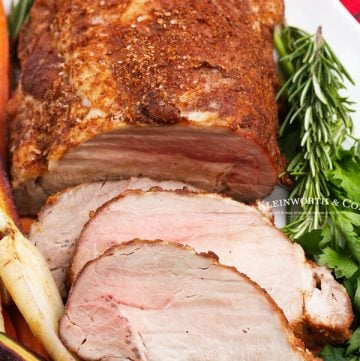
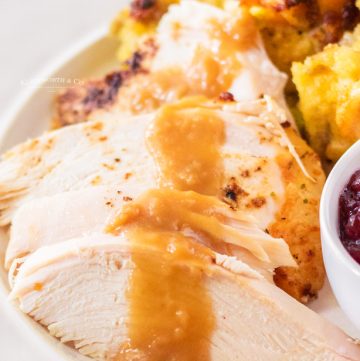
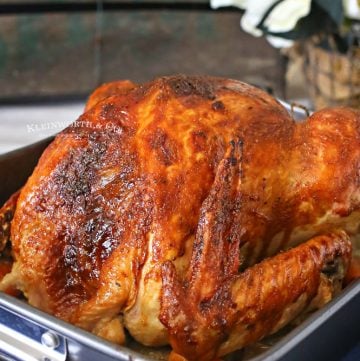
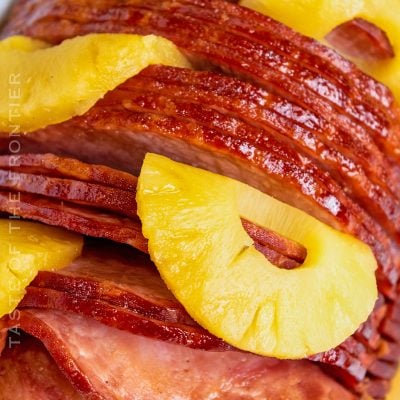
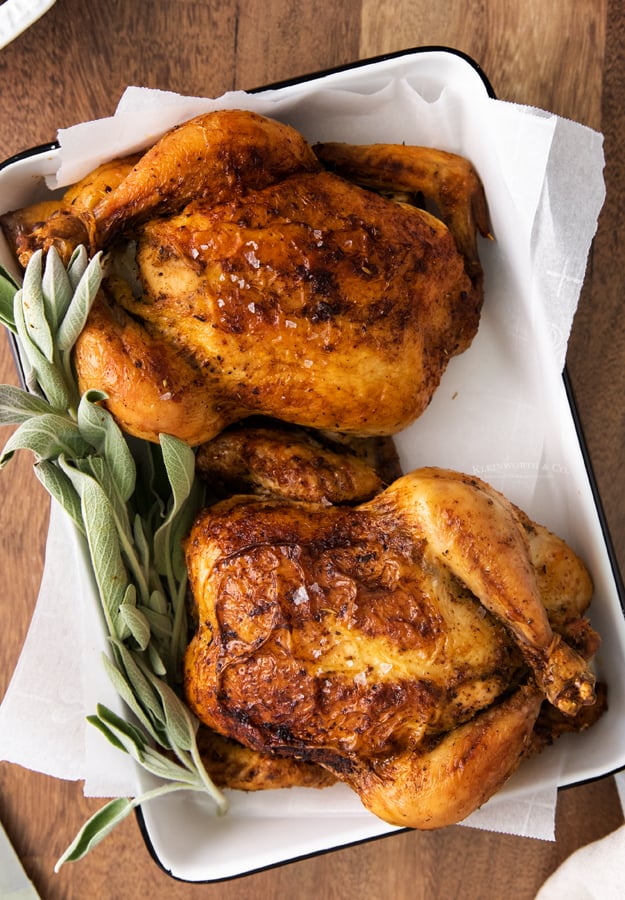
If you love this recipe for Roasted Cornish Hens as much as I do, please write a five-star review, and be sure to help me share on Facebook and Pinterest!
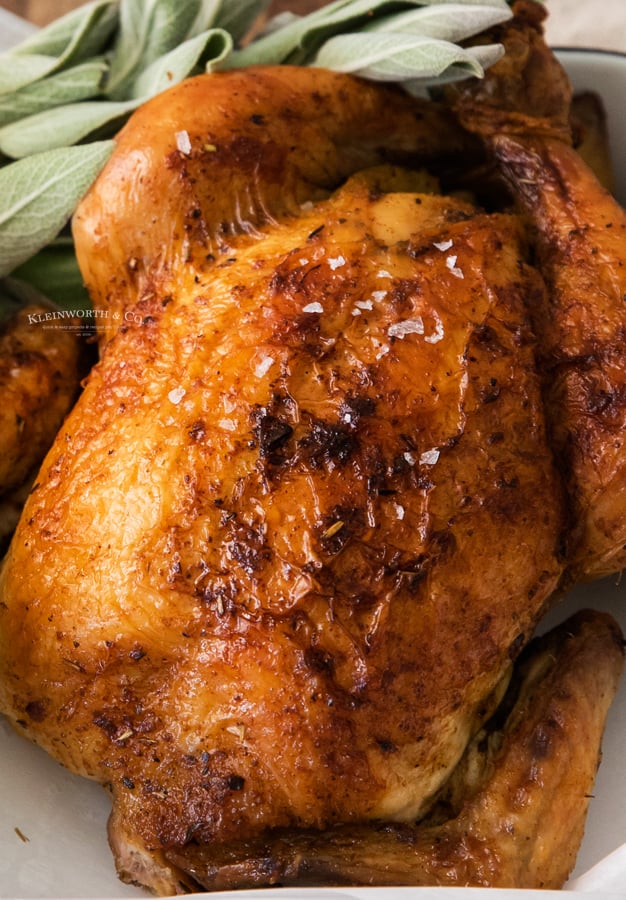
CONNECT WITH YUMMI HAUS!
Be sure to follow me on my social media, so you never miss a post!
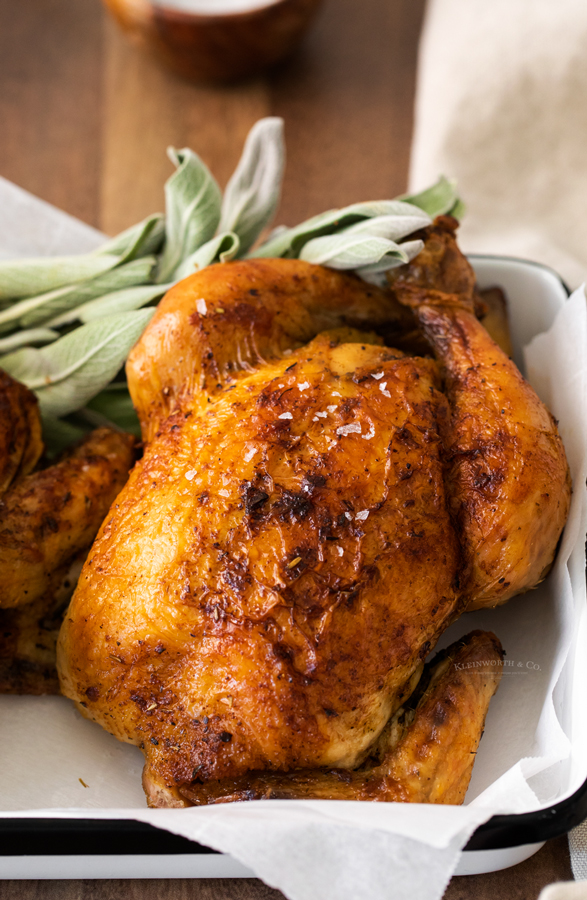
Roasted Cornish Hens
Ingredients
- 2 cornish hens about 3 pounds each
- 2 tablespoons olive oil
- 1 ½ teaspoons kosher salt
- 1 teaspoon garlic powder
- 1 teaspoon dried thyme
- ½ teaspoon onion powder
- ½ teaspoon paprika
- ¼ teaspoon black pepper
- 1 carrot cut into 1” pieces
- 1 stalk celery cut into 1” pieces
- 2 cloves garlic smashed and peeled
- 2 sprigs rosemary
Instructions
- Preheat the oven to 400F.
- Pat the cornish hens dry with a paper towel and place them in a large rimmed baking dish or roasting pan.
- In a small bowl, combine the olive oil, salt, garlic powder, dried thyme, onion powder, paprika, and black pepper.
- Drizzle the oil mixture over the cornish hens and rub it all over, making sure to coat the hens on all sides.
- Fill the cavity of each hen with two quarters of onion, half of the carrot, half of the celery, one clove of garlic, and one sprig of rosemary.
- Tie the legs with kitchen twine and tuck the wings under the bird— this will prevent them from burning in the oven.
- Roast the hens uncovered for 50-55 minutes or until an instant read thermometer registers 160F.
- Baste the hens with juices from the pan after 25 minutes.
- Remove the hens from the oven and carefully cover the pan with aluminum foil.
- Rest the hens for 10 minutes, or until the internal temperature registers 165F.
- Serve the cornish hens whole or carved with a garnish of fresh herbs or flakey sea salt.
- Enjoy warm.
- Store any leftover hen in an airtight container in the fridge for up to three days.
Notes
- Cornish hens can be served with an array of sides such as mashed potatoes, roasted vegetables, grilled asparagus, and salad!
- For a one-pan meal, add your favorite root vegetables to the pan with the cornish hens and roast following the recipe. Some of my favorites are: carrots (peeled and cut into 1” slices), baby potatoes (halved), shallots (peeled), onion (quartered), and garlic (peeled).
- I highly recommend using an instant-read thermometer to monitor the cooking of the hens! Undercooking could result in food-borne illness while overcooking will result in dry hens.
- Olive oil helps lock in moisture and create brown and crispy skin.
- I’m making a homemade spice rub with salt, garlic powder, thyme, onion powder, paprika, and black pepper. Feel free to substitute 2 tablespoons of your favorite spice rub.
- Filling the cavity of the hen with onion, garlic, carrot celery, and rosemary helps flavor the meat from the inside out but it is completely optional! You could also swap fresh thyme, sage, shallot, or leek if you prefer. Feel free to use whatever you have on hand.
Nutritional information for the recipe is provided as a courtesy and is approximate. Please double-check with your own dietary calculator for the best accuracy. We at Yummi Haus cannot guarantee the accuracy of the nutritional information given for any recipe on this site.

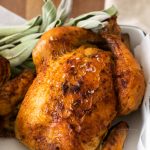
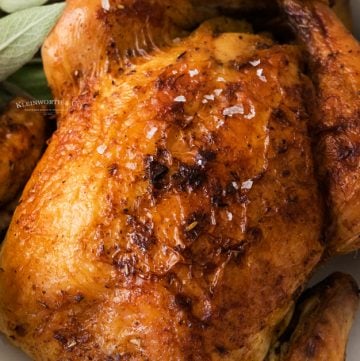






Share Your Thoughts